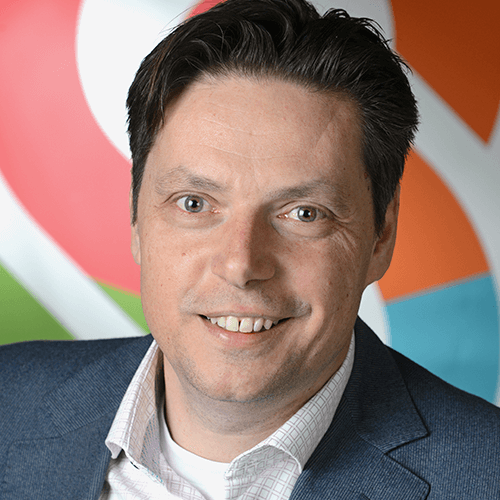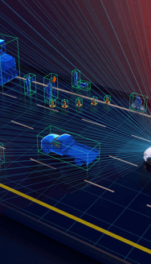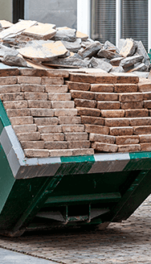High-precision distance sensors: measuring distances in nanometers and micrometers
Laser triangulation
Laser triangulation involves emitting a beam at an angle to a surface, and measuring the reflection. The position of the spot on the surface of the receiver is a measure of the distance. The more accurately you can position that spot, the more accurate the measurement will be. The receiver is often a CMOS at pixel-level, where the important factor is the intensity of the reflection.
Read more...However, this does not just depend on the distance, as the reflection pattern of the object also plays a major role. White or black, glossy or dull, smooth or diffuse – they all influence the result. This means that variation in the object you want to measure has to be taken into account. If there is no variation, laser triangulation can be used accurately down to the micrometer level.
Wide range of options
The advantage of this method is its popularity. In other words, there is a wide range of manufacturers to choose from. If you need higher accuracy than a micrometer, it is best to use a different solution. Using the average of a large number of measurements can sometimes provide a solution. This increases the resolution, but decreases the speed. Another disadvantage is that the shadow effect may cause problems if the path of the beam is blocked by the shape of the surface.
Chromatic confocal
In a chromatic confocal set-up, the transmitter and receiver are in the same line (confocal). Unlike laser triangulation, the measurement is therefore no longer dependent on the angle, but on the wavelength. If polychromatic light is sent through a lens, each wavelength will refract slightly differently. Each color has its own focal length.
The surface whose distance is being measured will be exactly in the focal point of one of those wavelengths. The color that reflects the most strongly can be clearly detected with a spectrometer. This method is much more accurate than laser triangulation.
Moving toward nanometer resolution
Resolutions higher than a micrometer are possible, and can even approach the nanometer. The systems are smaller, and no heat is dissipated because the electronics are remote. One issue may be that the measuring range is fairly limited. It can be stretched to a few millimeters, but at the expense of accuracy. The advantage is that the measurement is completely independent of the material, and it can also be used to measure the thicknesses of different layers, which is ideal for the glass industry.
Eddy currents
The third option is based on eddy currents. These are electrical currents on the surface of a metal that arise when a magnetic field is introduced using a coil. The degree of disturbance is a measure of the distance from the coil to the surface. This disturbance can be measured using a receiver coil.
Suitable for dirty environments
The advantage of this method is its insensitivity to dirt (unless it concerns iron filings), unlike the aforementioned optical methods. The accuracy is better than a micrometer, but the measuring distance is relatively limited. Eddy currents can only be observed on conductive materials, so these sensors are not suitable for materials such as plastic or glass.
Featured high-precision distance sensors
Need some help?
Our brand-independent sensor database only lists a selection of the sensors available. There are so many different technologies and manufacturers that our online sensor database can never be 100% complete. If you can’t find what you’re looking for, or you have a question, send an e-mail to our sensor experts. We’ll gladly help you with your search.






